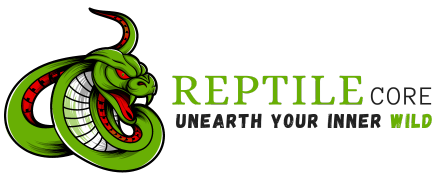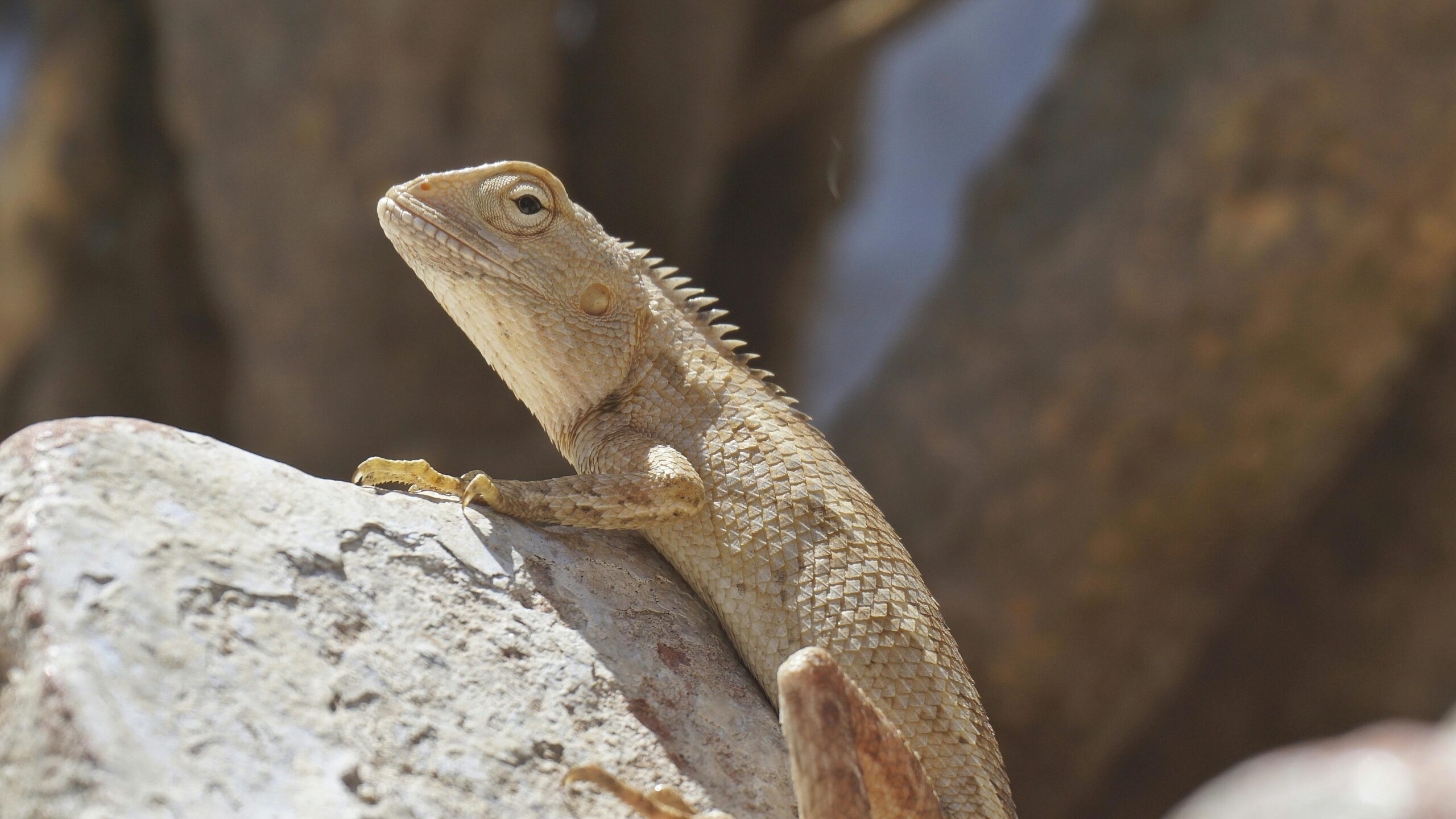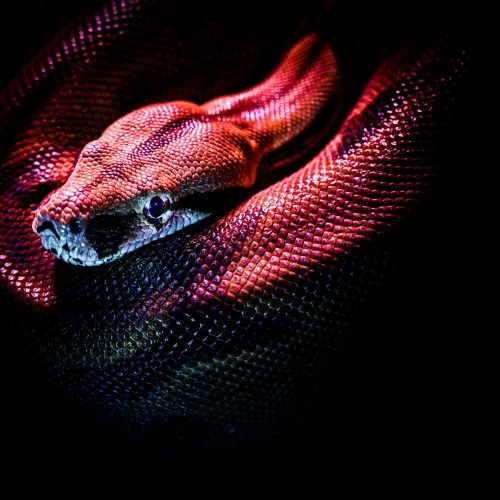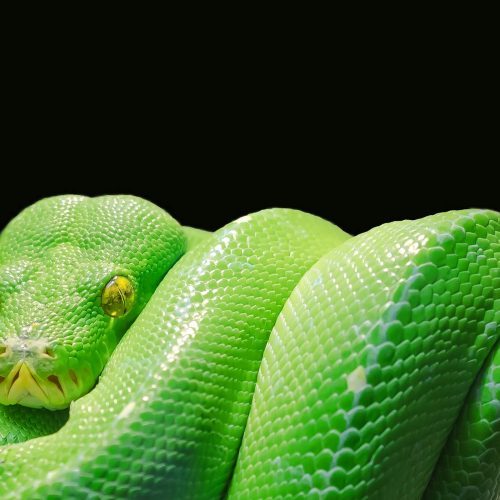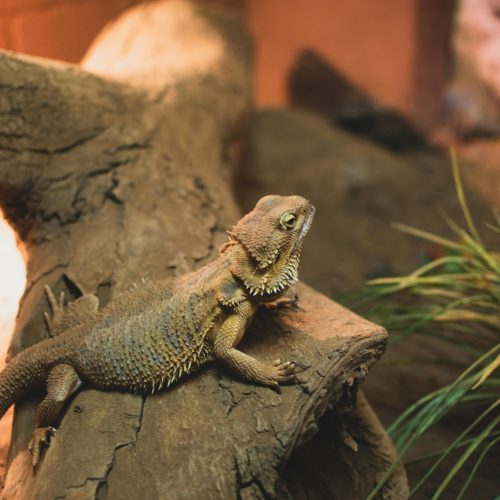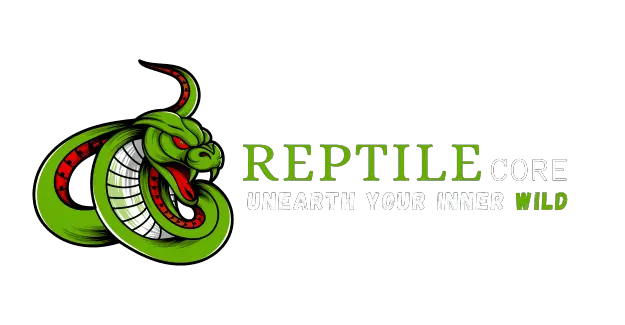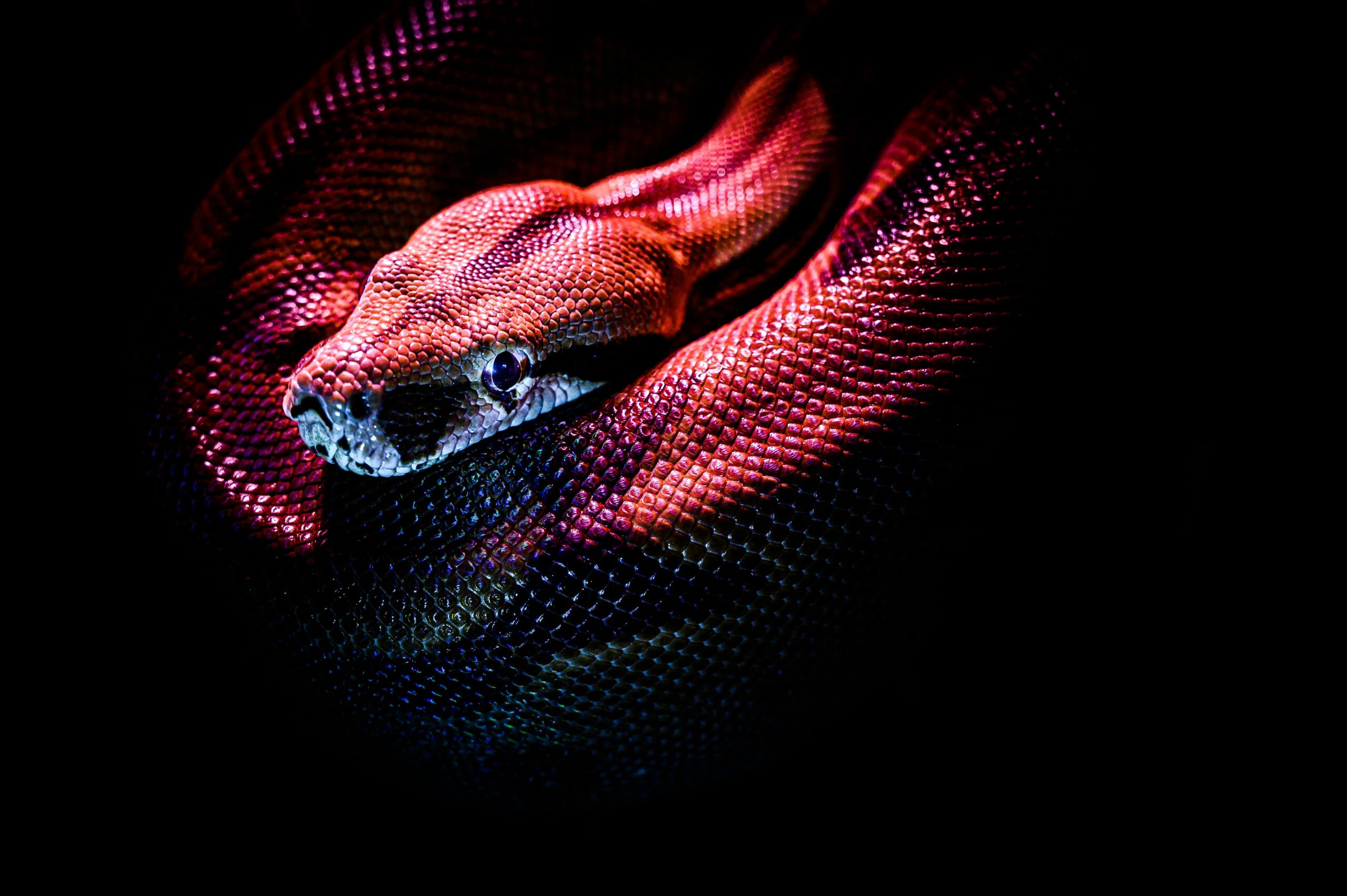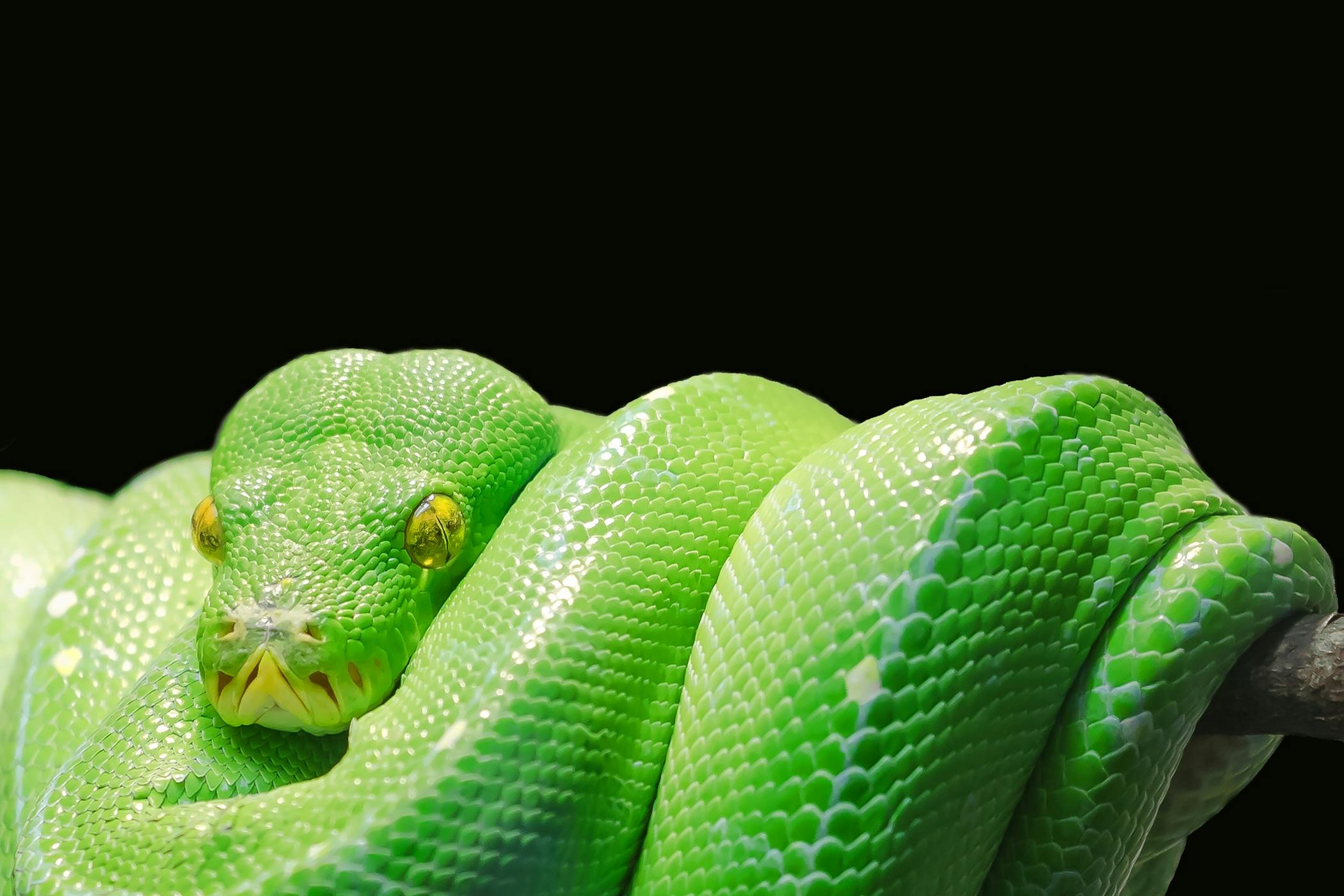Bearded dragons are beautiful lizards from Australia characterized by scaly skin, bold facial hair, and triangular head. As a species they are quite docile and therefore can be great as pets especially among reptiles lovers. Like in the case of dogs or cats bearded dragons cannot be regarded as really sociable animals, however, they are capable of developing certain bonds with a human being.
WILD LIVING
The bearded dragons are like lizards and are wild animals that don’t like to be in company of the other animals of the same species or kind. But, it does not necessarily imply that they are totally unresponsive to social demands. They can interact with their carers and even develop attachment with them hence indicating social interaction.
While they do not demand attention as frequently as some other pets, bearded dragons are ok with being pet, and rating high in terms of interaction with humans. They can be trained to understand who their owners are and could get used to being carried. Some may prefer to lay on top of their owner or a chair or even on their owner’s shoulder or lap. The reader should also know that every bearded dragon is a unique character and some of the dragons will not be sociable as the rest of them.
The presented result forms the basis for understanding various aspects of social behaviour of bearded dragons.
Naturally bearded dragons demonstrate some interesting behaviors that are triggered by the surrounding factors as well as their genetics. They like to be alone and do not form any group or herds and they try to keep certain areas to themselves through use of their chemical Glands and other visible structures. Males have yet another unique behaviour in terms of a ‘beard display’ in which the skin below the chin is puffed out and the beard colour is darkened and employed in communicating and exhibiting dominance.
Gentle head bobbing and wrestling are the dominant behaviours observed in the natural environment of bearded dragons. These behaviours ensure that they get food, water and even mates and other require resources in their day to day lives. They may run into each other specially when mating or basking but they do not form any kind of interaction except when one has to assert dominance over the other.
Frequently, the captive bearded dragons’ behavior may look slightly different than that of the wild beasts, but identifying the instincts can be helpful in terms of dealing with the creatures as well as building an environment for them.
Interaction and Bearded Dragogns
Thus, despite the fact that these lizards are not very communicative and can remain alone for a long time, it is noteworthy that they do interact with each other, for example, during the courtship. As with many lizards male bearded dragons may bow their head bob their arms and gently nudge females during courtship. Some of the signs that a female uses in signaling to a male include head bowing or other forms of submissive gestures in case she is receptive.
It is important to socialize bearded dragons particularly at an early stage, especially for the younger ones. Daily caring touching, and early socialization on environment to remove their fear with human touch. Feeding is another factor and when introducing the young bearded dragons to other dragons of equal size and age, this is good as it socializes the young ones.
This helps them get acquainted with the kind of behavior they need to adapt to guarantee them a worthy living experience. Although they are not as sociable as some of the other pets they can also develop some kind of attachment to their carers and can be playful at times. One has to monitor their activities and offer them the proper attention they require for their development.
Some of the Basic Social Characteristics to Look for in Bearded Dragons
Some behavioral features may bring some information about the chosen pet’s socialization level. Ear swinging, particular to the male, is a form of display of dominion over a conquered area or in a bid to entice a beautiful female. Antipodal posturing involves involves extending of hands toward the sides of the body to flank and such gestures are usually performed by the subordinates to indicate respect or submission and can be performed by both the male and female subordinates.
For one, one’s body language is a key signpost to how they behave in the social sphere. For instance, arrogance of a beard, hissing or tail whipping are some of the signs of aggression or being on the defensive while relaxed body posture and slow moving indicates contentment.
Every beardie has the individual vocalization skill, so what is important here is to learn your beardie’s particular signals. This awareness will go along way in helping you to address their needs better and tighten the relation.
The Information on How an Interesting Atmosphere is Important
Internal environment arrangements are significant for bearded dragon’s living conditions, and even their social conditions as well. This means that, there are various aspects that can encourage or help in modify their social mentality and therefore including hiding spots and other forms of enrichment activities are important in improving their social interactions. Play structures like caves or branches provide safe and secluded areas for them enabling them to regulate their social contacts and hence minimizing stress.
Toys, puzzles or real insects that they can hunt provide them with mental information and also they involve the pets in a lot of physical activity. This is helpful in making sure the dragon does not get bored and to keep the dragon as healthy as possible and as happy as possible.
Conclusion
Thus, it can be concluded that it is mandatory to create an environment that will be interesting and enriching for your bearded dragon. Sheltering means protection, whereas foraging and other forms of play are the activities that stimulate animals’ thinking and make them act like in the wild. Here, you find the necessity of including these elements in the habitat to make it better and more entertaining for your bearded dragon.
